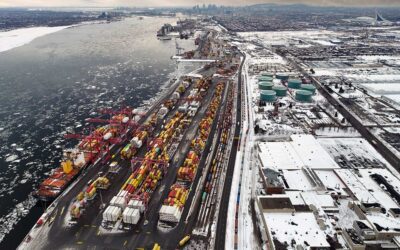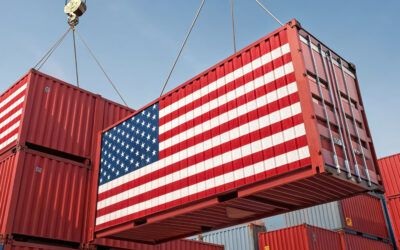SUEZ CANAL REMAINS BLOCKED AS OVER 200 VESSELS QUEUE
The container ship – Ever Given – continues to block the Suez Canal in what has fast become one of the worst maritime traffic jams in modern history, with over 200 vessels now queued.
All rescue attempts have failed since the ship became lodged across the narrow waterway on Tuesday – supposedly the 224,000 tonne mega-ship was driven off course by a gust of wind.
We understand that a specialist suction dredger has been deployed and if this fails, the next step could be to remove containers from the ship to reduce the weight. Fears that this could take a few days – or more – has led to carriers discussing the option of rerouting ships around Africa.
The Suez Canal is on the main shipping route between Asia and Europe, which means there will be delays on any vessel that did not clear the waterway before Tuesday’s blockage occurred. In short, any vessel due to arrive in the first few days of April and beyond could now be subject to delays.
Delays can also be expected on many Asia bound export shipments, especially those that have left the UK or Ireland in the past 2/3 weeks.
We are endeavouring to advise all customers impacted, but until the issue is resolved, we are unable to provide revised arrival times. In the meantime, if you have questions regarding the above, then please do not hesitate to contact one of our team.
EUROPEAN UPDATE
The market remains challenging since Brexit, with the added complication of covid testing and lockdowns. Supply of drivers and equipment is still not meeting demand so rates remain high.
Procedural customs entries, such as Foodstuffs, are problematic, as are any movements moving through Northern Ireland.
NORTH AMERICAN UPDATE
Fears are growing that another Montreal Port strike could be looming as dockworkers refused a Maritime Employers Association settlement offer this week, although no immediate action followed.
Montreal is not only an important seaport for Canada, but it also serves as a gateway to the US Mid West and New England regions through its rail connectivity.





